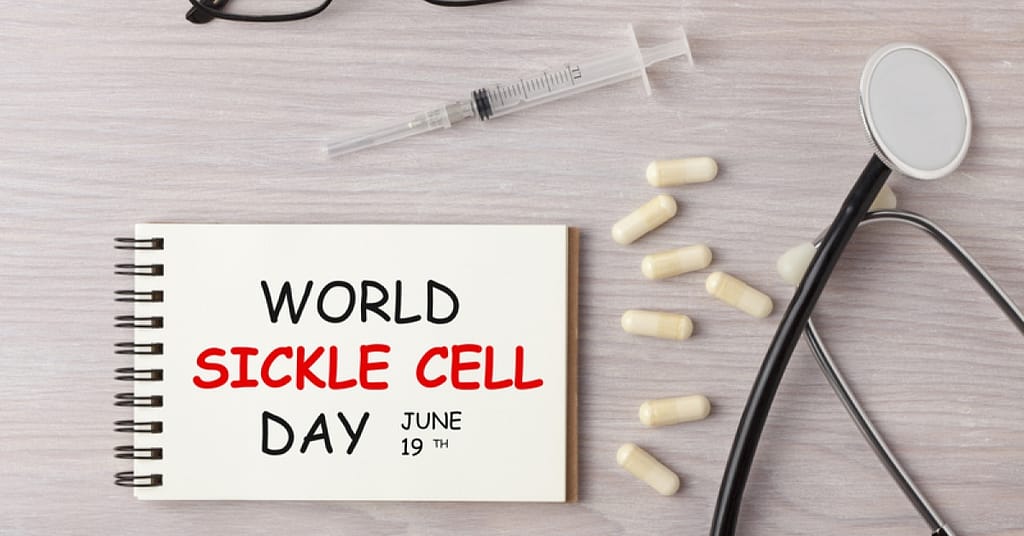(Carrick Pharmacy News) June 19 is World Sickle Cell Day, the perfect time to learn more about this disease.
Sickle cell disease is a public health concern in the US and worldwide. There is no easy cure, but patients can live normal and productive lives with prompt detection and the right treatment.
Here’s what you need to know on World Sickle Cell Day.
What Is Sickle Cell Disease?
Sickle cell disease is a condition in which some of your red blood cells have a sickle or half-moon shape instead of being rounded.
But it is not just about shape; these sickle cells have a different set of features than normal, healthy cells. For example, they are less flexible and more fragile.
The main problem with sickle cells is that they get stuck in small blood vessels, causing intense pain and other serious complications, including blood clots in the brain, a low number of red blood cells (anemia), infections and damage to the body’s organs.
Who Does Sickle Cell Disease Affect?
The Centers for Disease Control and Prevention (CDC) estimates that nearly 100,000 people in the US live with sickle cell disease.
Sickle cell disease is particularly common in those with lineage from Africa, Saudi Arabia, India, South or Central America, Caribbean islands, Turkey, Greece and Italy. Sometimes, people may carry a sickle cell gene even though they don’t have sickle cell disease. This is called having the sickle cell trait.
Sickle cell trait is usually benign, but sometimes the people with it can experience some complications. High altitudes, dehydration, and increased atmospheric pressure (which may be felt when scuba diving, for example) can cause red cells to become sickled. This can cause severe pain, as well as muscle injury, reduced blood flow to the spleen and increased pressure in the eye following eye injuries.
For example, if both parents have the sickle cell trait, there is a 25 percent probability that their baby will have sickle cell disease. But if only one parent has the sickle cell trait, there is no risk of acquiring the disease for their children. If a parent has sickle cell disease, the risk is higher.
Living with Sickle Cell Disease
In the US, newborns are tested for sickle cell as part of their health screening. This is important because, if the baby has sickle cell disease, special care can be provided immediately.
The CDC recommends the following steps for patients to help avoid complications of sickle cell disease:
- Find a good medical provider.
- Get regular checkups.
- Avoid infections.
- Learn healthy habits.
- Get support.
- Look for clinical trials.
If you have questions about sickle cell disease, speak with your health care provider.



